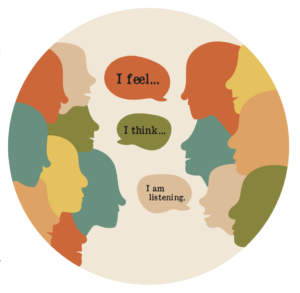By Hilary Asquith –Kawakawa head teacher
Recently the staff at Wā Ora partook in a refresher course on restorative practices to further embed these processes into our everyday school life. Restorative practices are an approach that recognises that good relationships are the foundation of an effective learning environment. At school, ākonga will often work their hardest and be most eager to learn when they are in a positive relational space with their kaiako and peers. However, just like the rest of us, children and teenagers will, from time to time, make mistakes that damage these relationships. Restorative practices acknowledge that we all need to be given the opportunity to repair the harm caused and move forward with our māna intact. Restorative practices take incidents that might otherwise have resulted in punitive actions and creates opportunities for ākonga to become more self-aware of the impact of their choices. It helps them appreciate their need to take responsibility for their actions by putting relationships at the centre. Punishments, however, can lead to resentment and a withdrawal from relationships and participation in the classroom, and damage their connection with the community that surrounds that young person – the very things they need to move forward positively.
Maria Montessori saw education as a means to build a more harmonious society.
“We must help [the child] to develop within himself that which will make him capable of understanding. It is not merely words; it is a labour of education… for peace cannot exist without justice and without men endowed with a strong conscience.”
Citizen of the World, Montessori-Pierson. Vol 14. p. 38.
Restorative practices are a mechanism for helping to build that conscience through educating our children about responsibility and nurturing their empathy. It requires people to listen to each other, to view others’ perspectives, and collaborate with them on remedies. It is a process of finding out what it was like for all the individuals involved and what each person needs to feel restored, both within themselves and their community. Done well, a restorative process almost always results in a better understanding of each other, stronger relationships and a more positive community life.
Five of the best questions we can all use with our tamariki anytime an incident occurs are:
- What happened?
- What were you thinking or feeling at the time?
- What have you thought about since it happened?
- Who has been affected, and how?
- What do you think needs to be done to make it right?
The language and intricacies of the process may vary with the age of those involved, but the process and outcomes remain essentially the same whether we are supporting preschoolers, adolescents or adults. Local and global events of the past month only remind us as a community, that we need to further value relationships and support the development of restorative skills in hope of a more peaceful future community.
